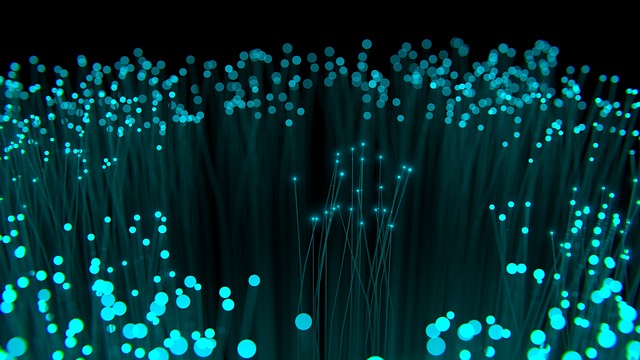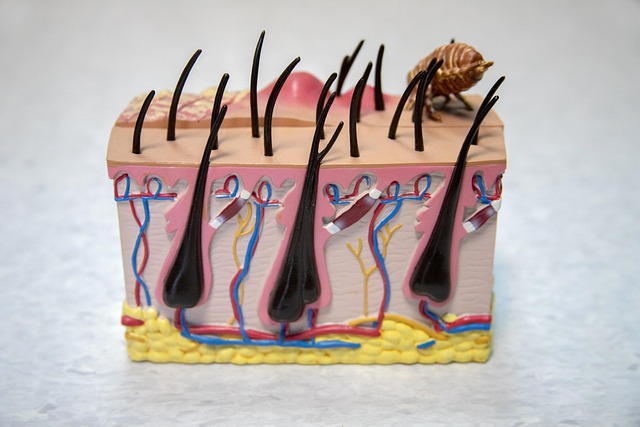
Kerr Effect in Optical Fiber
Understanding the Kerr Effect
The Kerr effect is a phenomenon observed in certain materials when exposed to an external electric field. This effect results in a change in the material's optical properties, specifically its refractive index. In the context of optical fibers, the Kerr effect plays a significant role in various applications, particularly in telecommunications and signal processing.
Types of Kerr Effect
There are two primary types of the Kerr effect: the DC Kerr effect and the AC Kerr effect. The DC Kerr effect occurs when a static electric field is applied, causing the material to become birefringent. This means that the material exhibits different refractive indices for light polarized in different orientations relative to the electric field. On the other hand, the AC Kerr effect is induced by the electric field generated by light itself, leading to similar changes in the optical properties of the material.
Applications in Optical Fiber
Optical fibers utilize the Kerr effect in several ways:
- Signal Processing: The Kerr effect can enhance the performance of optical fibers by enabling the modulation of light signals. This is particularly useful in high-speed data transmission, where maintaining signal integrity is crucial.
- Nonlinear Optics: The Kerr effect contributes to nonlinear optical phenomena, which are essential in the development of advanced optical devices, such as frequency converters and optical amplifiers.
- Optical Switching: The ability to control light propagation through the Kerr effect allows for the development of optical switches, which can significantly improve the efficiency of optical networks.
- Pulse Compression: In high-power laser applications, the Kerr effect can be utilized for pulse compression, enhancing the peak power of laser pulses.
Challenges and Considerations
While the Kerr effect offers numerous advantages, there are challenges associated with its implementation in optical fibers. One significant issue is the presence of the Pockels effect, which can overshadow the Kerr effect in materials lacking inversion symmetry. This makes it essential to carefully select materials and design systems that can effectively utilize the Kerr effect without interference from other optical phenomena.
Conclusion
The Kerr effect is a fundamental principle in the field of optics, particularly in the context of optical fibers. Its ability to alter the refractive index of materials under an electric field has paved the way for advancements in telecommunications and optical technologies. As research continues, the potential applications of the Kerr effect in optical fibers are likely to expand, further enhancing the capabilities of modern communication systems.

















 Exploring the National Marine Life Center in Buzzards Bay
Exploring the National Marine Life Center in Buzzards Bay 
 Health
Health  Fitness
Fitness  Lifestyle
Lifestyle  Tech
Tech  Travel
Travel  Food
Food  Education
Education  Parenting
Parenting  Career & Work
Career & Work  Hobbies
Hobbies  Wellness
Wellness  Beauty
Beauty  Cars
Cars  Art
Art  Science
Science  Culture
Culture  Books
Books  Music
Music  Movies
Movies  Gaming
Gaming  Sports
Sports  Nature
Nature  Home & Garden
Home & Garden  Business & Finance
Business & Finance  Relationships
Relationships  Pets
Pets  Shopping
Shopping  Mindset & Inspiration
Mindset & Inspiration  Environment
Environment  Gadgets
Gadgets  Politics
Politics 